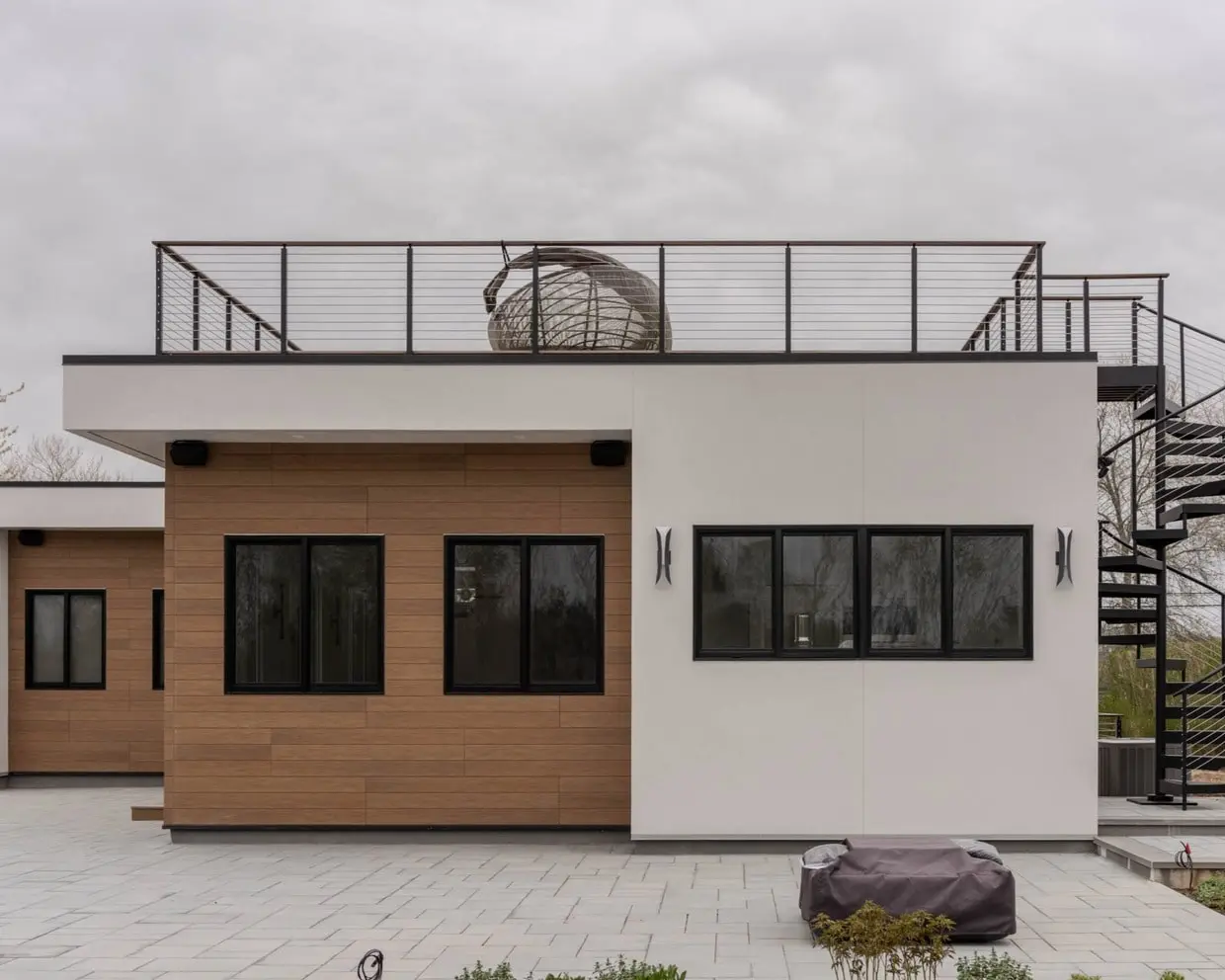Inspiration for Outdoor Living
Find creative and expert-driven solutions to transform your outdoor areas into functional, stylish spaces for year-round enjoyment.
Get expert tips straight to your inbox
Sign up for our newsletter to receive the latest outdoor design ideas, project highlights, and renovation tips directly in your email.









-2.svg)